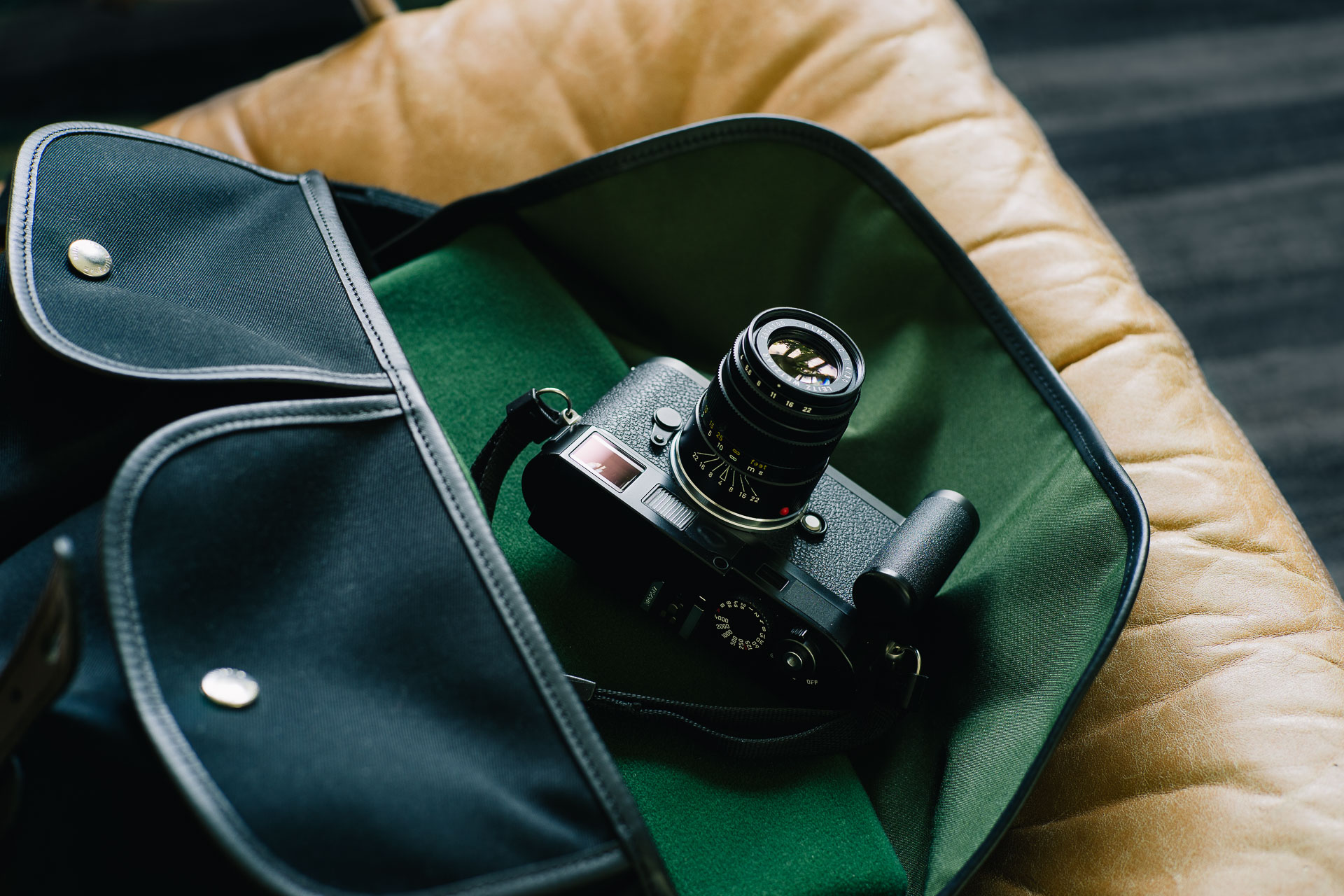

The Leica Elmar-C 90/4 is a discontinued short telephoto lens for the Leica M-mount. Produced for the Leica CL – the “Compact Leica” during 1973–76, there are no versions to keep track of. There is an identical Minolta branded lens as well as a descendant with slightly altered optics and improved coatings, both called M-Rokkor 90/4 – sometimes referred to as versions I and II.
While not a fast lens, the Elmar-C is very small and light. The competent performance and low price also makes it an interesting choice.


This is a 90mm lens, a popular medium tele focal length. The f/4 aperture results in a 22.5mm physical aperture. It has a very simple four element design with spherical, single coated surfaces. The odd thread size makes this lens tricky to use with filters. As all M-mount lenses, it’s a manual focus lens.
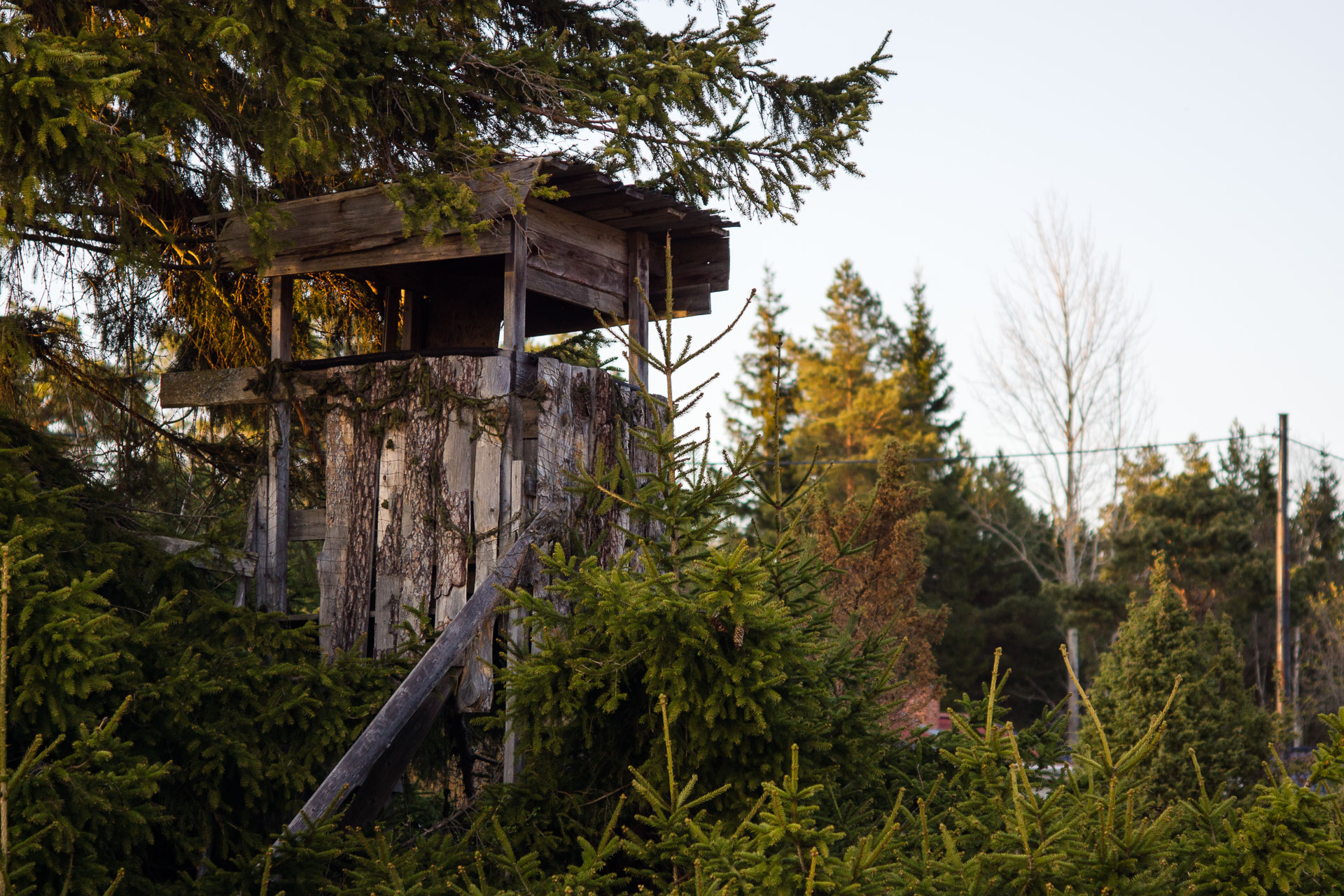
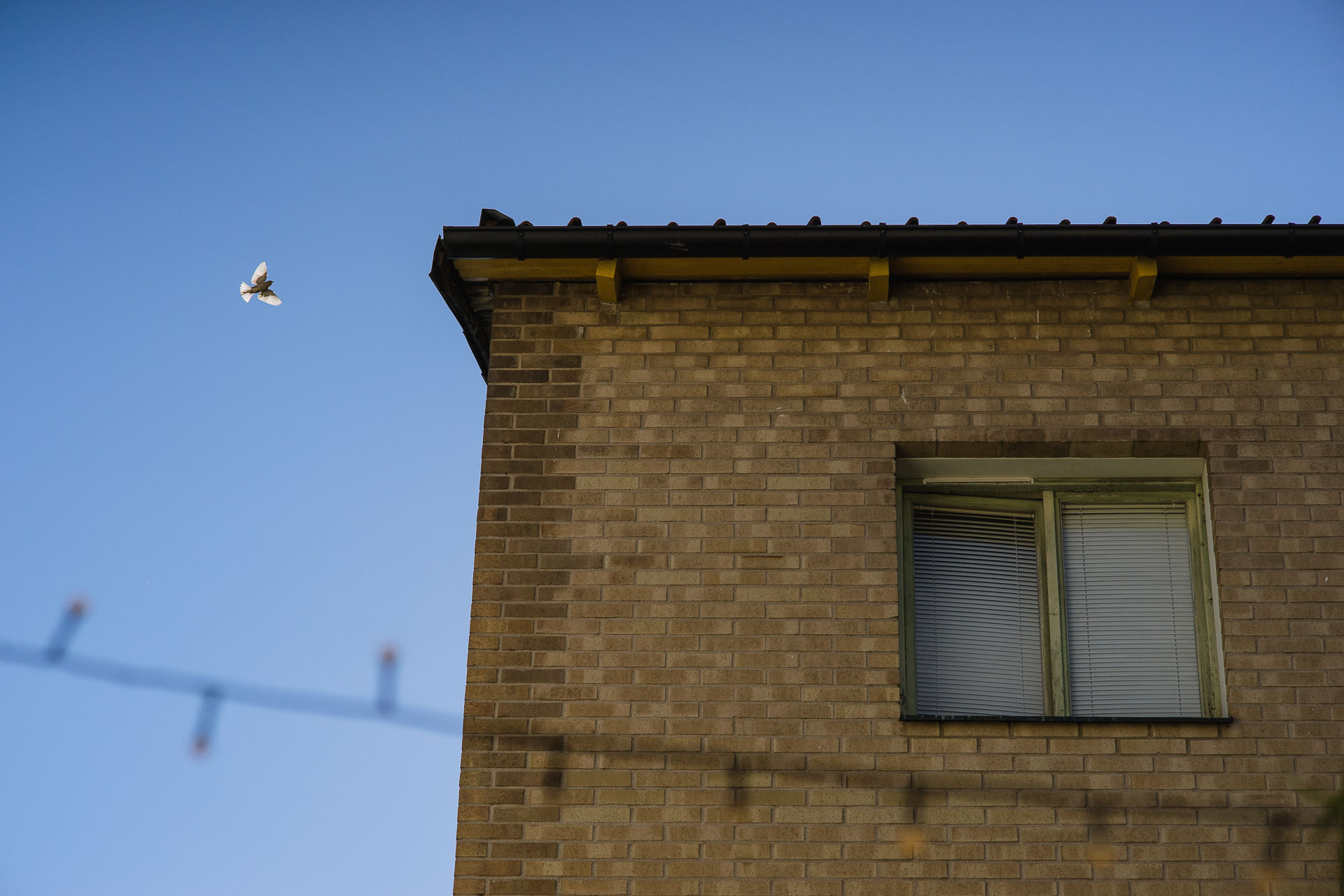
While built to a price, the Elmar-C doesn’t feel any less well constructed than other Leica lenses from the same time. Build quality is fantastic. The outer housing is completely made from anodised aluminium, very durable but shows scuffing with use.
Markings are engraved in DIN and painted white. The imperial scale is painted yellow, retaining good visibility in lower light. The red mounting indicator is the only plastic part of the lens.
The internals seem good as well. The focussing helicoid is brass. There’s a beautifully constructed 10 bladed diaphragm.
Focus and aperture rings are ribbed metal, far more durable and preferable over the ribbed rubber in the recent Summarit line. Mechanical movements are smooth and distinct in my copy. With proper care I think this will hold up just as well as other high end Leica lenses, and better than most of the Voigtländer or Zeiss ZM lenses.
The all metal construction makes it feel solid. The few elements and small amount of glass inside the barrel makes it lighter than expected. It’s very compact and light for a telephoto lens.
The hood and lens cap are the only parts feeling less nicely made. The collapsible hood is made of rubber and screws in to the filter thread. Attached it extends the lens by just under a centimetre, folding out to around 2.5cm with a small tug. It’s actually a rather practical solution. However rubber is not as nice a material when it reaches a certain age. Both practically and aesthetically. There are some ergonomic issues described below. The lens cap fits into the collapsed hood with a friction fit. Unfortunately this means the cap can’t be used without the hood.
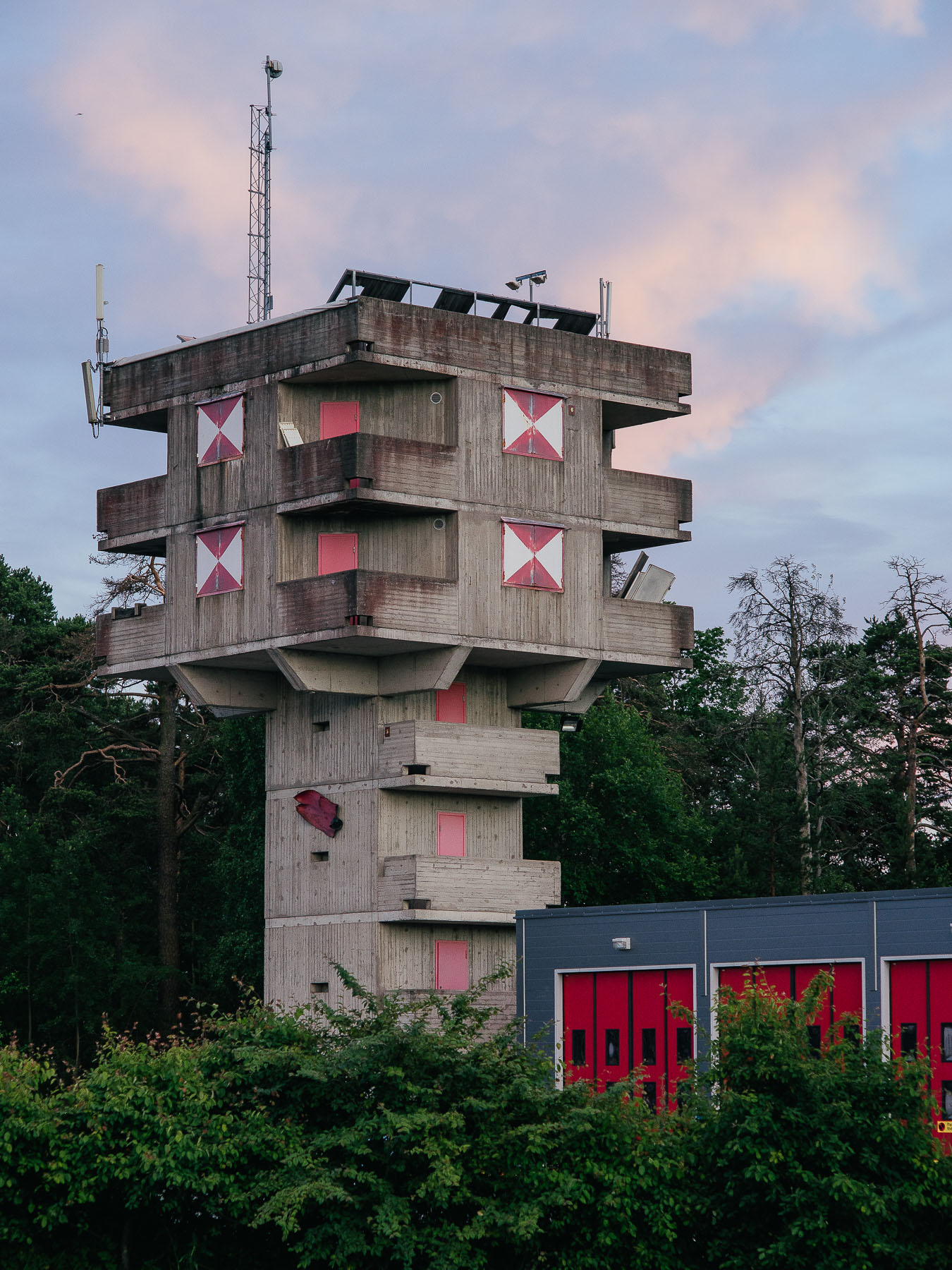

Ergonomics are good. The long barrel allows for plenty of space for controls. The focusing ring is wide and the ribbed metal makes gripping solid and firm even in warm weather. The aperture ring is narrow but the deep ribbing makes it easy to find by touch. Focus travel is smooth, aperture stops are distinct and slightly springy in their feel.
Both rings are identical around the circumference of the lens, making it impossible to tell any of the settings by feel, a common design choice in M-mount telephoto lenses.
The focus throw is around 180° making focus accurate but slightly slow to work with.
While not as bad as on the Summicron-C 40, there are some minor issues using the lens with the included hood. When collapsed the hood is very close to the aperture ring and is quite a bit wider, interfering with its use. The issue is exasperated by the stickiness of the rubber. Extending the hood eliminates the problem, but the 40 year old material isn’t as flexible as it probably used to be. Folding the hood out takes a slight bit of fiddling, something you don’t always have time with. As a consequence I tend to leave the hood extended or more often – remove it altogether, opting for an aftermarket cap instead.
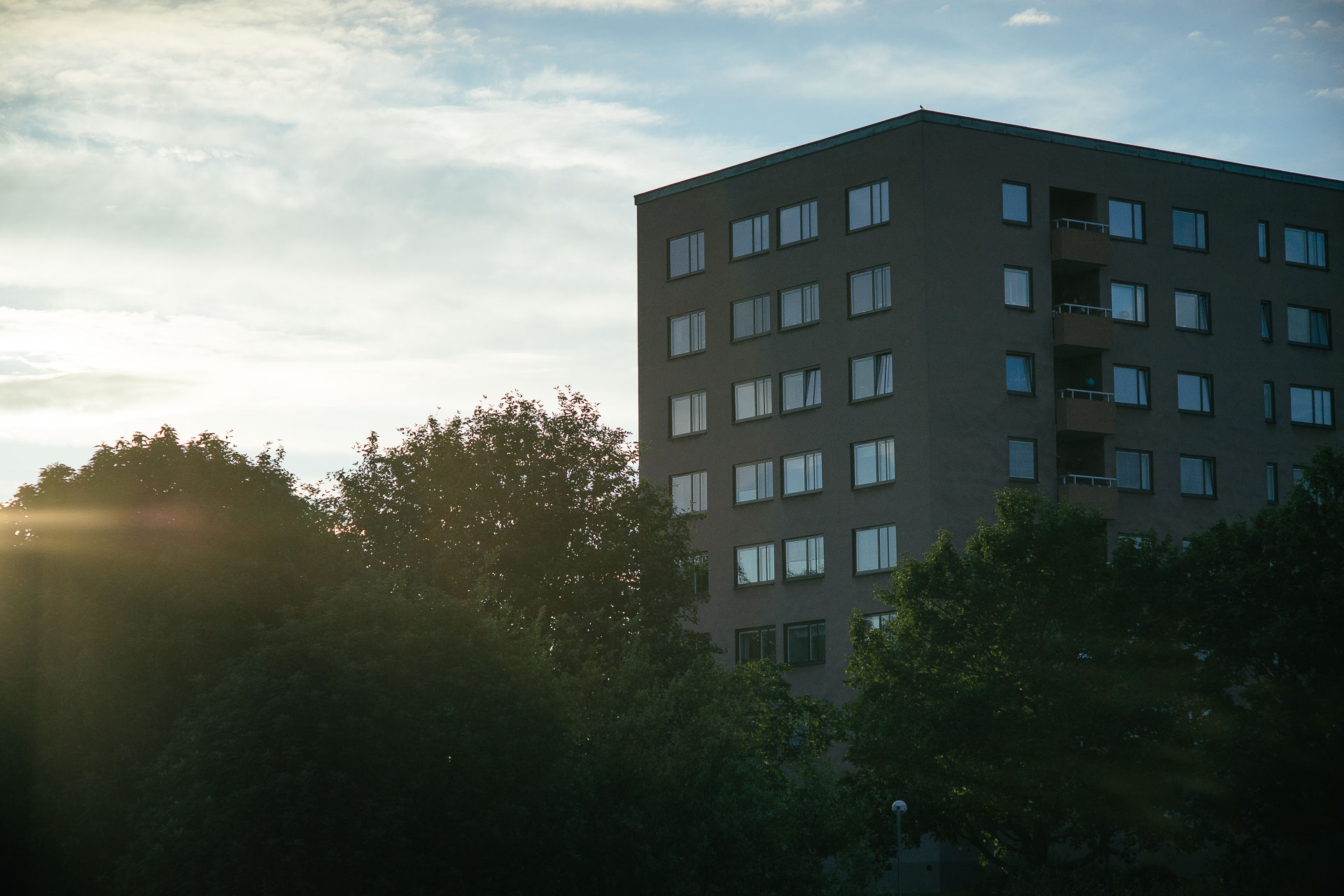
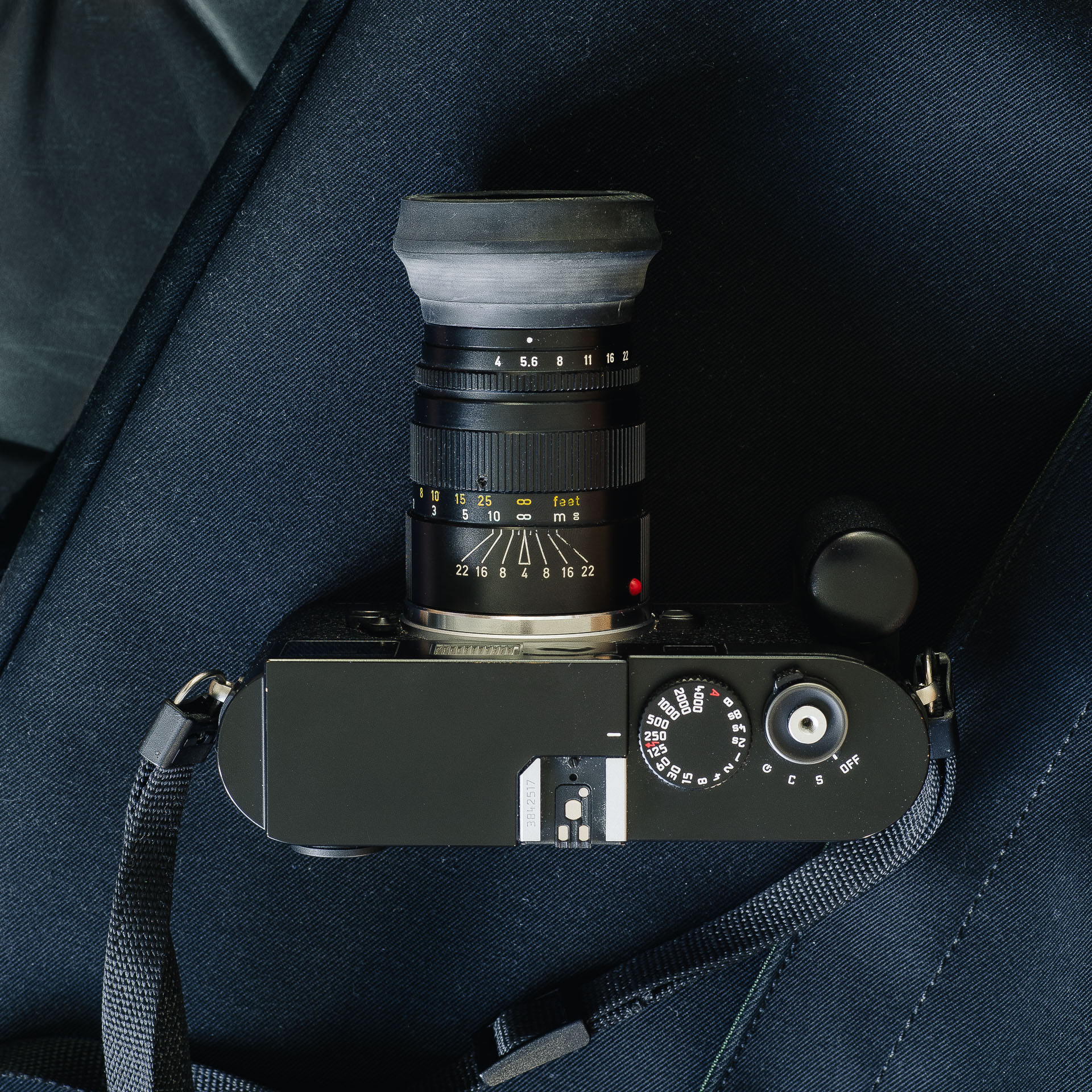

Despite few elements and simple design the Elmar-C offers competent, if slightly uninspiring image quality. Considering its modest size and price it performs admirably.
The lens shines close up. At farther distances the performance suffers somewhat.
Simple coatings means some issues with loss of contrast and flare.
Resolution and micro contrast is good already wide open. The edges and corners are slightly less distinct. Stopping down improves resolution to good levels across the frame by f/8 but never quite reaching impressive levels. Mid level and global contrast are moderate with good retention of detail across the tonal range.
Focusing beyond 3 meters progressively dulls definition and at infinity there’s an observable lack of clarity. Even stopping down doesn’t bring the performance to quite the same level as at closer distances.
Colours are appealing and natural with impressive separation between tones. At times the lack of resolving power can muddy up the palette slightly, but it always remains very pleasant.
Despite the conservative maximum aperture size the long focal length ensures a fair amount of subject separation. Backgrounds are never so blurred as to be completely featureless however – some definition remains, even at closer distances.
Bokeh is good with soft edged bokeh circles. There’s some swirling of the bokeh towards the edges. Slight longitudinal chromatic aberration can be detected. Stopping down doesn’t markedly improve bokeh, besides after only a few stops the depth of field is so large as not to leave a lot of out of focus areas anyway.
The separation between in and out of focus is fairly gentle, somewhat limiting apparent subject separation as well as furthering the impression of a slightly vague rendering.
A very slight barrel shaped distortion can be measured but is rarely visible.
The lens is single coated, making it prone to flare issues. Due to its longer focal length and spacious housing it’s less susceptible than its wider sibling – the Summicron-C 40. Still quite a number of flaws can be found in challenging light, but to be honest – not much more than for instance the Summicron 50 V. Loss of contrast can affect the entire frame when light hits the front element at an angle. Flare and ghosting can be seen as well, especially when the sun is just outside the frame. The included hood generally suppress these issues well.
Vignetting is visible at wider apertures but fairly moderate and disappears stopping down. Sunstars have 10 points stopped down.
The Elmar-C has a pleasant signature with some caveats, limiting its usefulness and appeal for some applications. Despite its qualities I personally feel that the output leaves me slightly cold. Depending on ones tastes and priorities it might appear more attractive.
The pleasant colour signature and smooth bokeh are clear strong points. It’s weaker when it comes to clarity and definition. The lens works well for e.g. photographing people and other applications where crisp definition might be less important. The slightly indistinct detail rendition and gentle focus fall off makes it less pleasant to use for landscape or urban work than it would appear on paper.


1:1 crop demonstrating impressive performance wide open at shorter distances. Also note smoothness of bokeh despite varying brightness and colour of the background – f/4.
Flare and glare can be issues. At times it can be incorporated and add character to the resulting images.
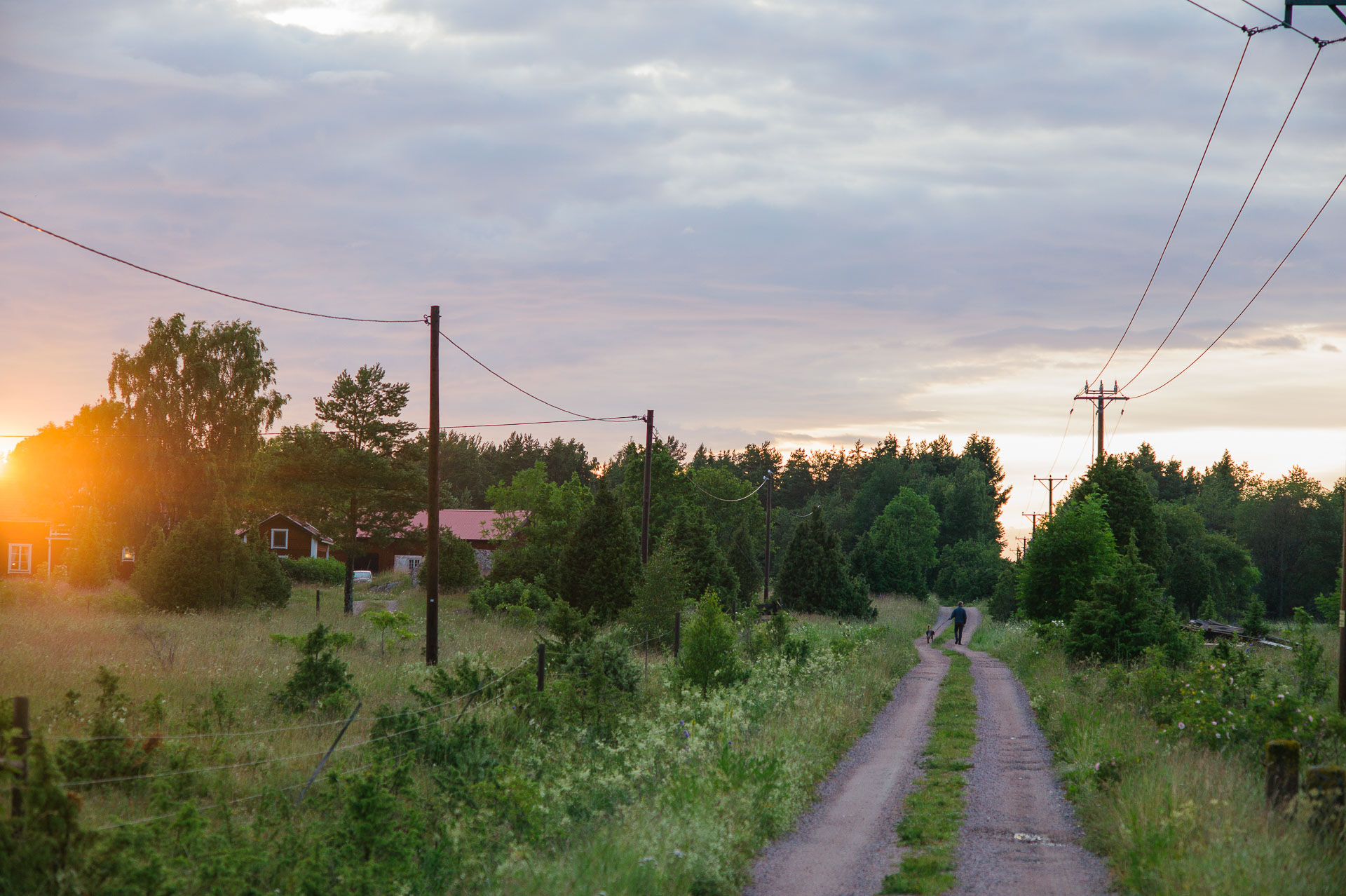
I’ve had this lens for several years by now, and have shot it on several cameras. Here are some observations from using it.
I quite enjoy the 90mm focal length. It’s long enough to feel like a proper tele lens, without having so much compression to make everything look flat. It also retains a lot of flexibility and you don’t have to be overly far away from your subject to effectively use the focal length. The appeal is diminished when shot on rangefinders due to the small portion of the viewfinder used for composing. The focal length simply doesn’t play to the strengths of rangefinders. I can’t see myself ever wanting to use longer lenses than this on a body with the standard Leica M 0.72/0.68x viewfinder magnification.
The focusing cam of the Summicron-C and Elmarit-C are slightly different than normal M-mount lenses with a sloped profile instead of a perpendicular one. According to Leica this could affect focus accuracy on M cameras. Many speculate that this statement was made to push people towards getting the more expensive lenses instead of the C-variations. I’ve seen reports that Leica changed the spec on the focus roller on the M6 and newer cameras, ensuring that the roller is always centred and resulting in accurate focus despite the sloped cam. I’ve not had any issues with focus accuracy.
On live view based cameras these issues are of course irrelevant, instead resulting instead in pleasing to shoot, light piece of kit with very capable performance.
I bought the lens as a complete package with the Leica CL, the Summicron-C 40, and the Elmar-C 90 at a bargain price. One of the best deals going for Leica gear In my opinion as both lenses are quite good. The camera is almost thrown in for free in many instances, or can be sold without loss. Depending on ones needs this is a great way of getting a very capable starter kit without spending a lot of money.
The long focal length and slow maximum aperture certainly limits the usability. On cameras with poor high ISO performance, e.g. the M9, or on film you’re pretty much limited to daytime and preferably outdoor photography. With better high ISO performance more options open up, but it will never be a lens to reach for after sundown.
I’ve mainly used the lens for people, landscape and urban photography as evident by the samples. What might not be as clear is that I’ve also shot a number of the lenses/cameras I’ve written about on this site using the Elmar-C. Either using the lens on the Sony NEX–7, or more recently the A7. While the long minimum focus distance is a clear drawback, the colour output and very good close up performance works well for this use. The slow aperture isn’t a an issue as I’m usually shooting from a tripod.
Fair. I’ve only shot a few frames making it hard for me to evaluate the image quality. Mounting the lens makes the light camera slightly front heavy compared to the evenly balanced feel it has with the Summicron-C 40. The 90mm framelines represent quite a small portion of the viewfinder, making composition and overall use a less pleasant experience than shooting the 40mm on the camera. There’s some blockage of the viewfinder, but it doesn’t intrude into the 90mm area except at minimum focusing distance with the hood extended. The generally limited high ISO image quality of film makes the use of this lens limited to outdoor/daylight use.
Fair. Good performance overall. Very pleasant colours. The 90mm framelines represent a very small portion of the viewfinder, making the shooting experience less appealing than with wider lenses. There’s some blockage of the viewfinder, but it doesn’t intrude into the 90mm area even with the hood extended. No visible colour shifts or other issues. Choosing the 90mm Macro Elmar in the correction menus works well for getting the proper Exif-data. The relatively poor high ISO performance of the M9 limits use of the lens to outdoor/daylight use.
Fair. Acts like a 135mm equivalent – also a nice focal length but less flexible, since you now need to be quite far away from your subject. The ergonomic grip of the NEX–7 makes the lens feel less front heavy than on the Leica’s. It’s more pleasant to work with the lens on a camera with through the lens viewing and the live view makes it easy to work around instances of flare. Achieving critical focus manually becomes progressively trickier the longer the lens – the magnified live view image becomes quite unsteady when working handheld – this lens is still workable, but it’s not far off from the cut off for what’s pleasant to use. The high resolution sensor isn’t quite fully resolved by the Elmar-C at wider apertures, the overall character and signature remains. No ray angle issues to speak of. Great colour. Poor high ISO performance limits usability to good light.
Good. My favourite combination of the ones listed. The lens balances well thanks to the pronounced grip. Working with the focal length is more pleasant with through the lens viewing. Live view makes it easy to work around instances of flare. The full frame sensor is more forgiving than the high density APS-C sensor of the NEX–7, resulting in good performance across the frame. The deep corners suffer slightly compared to results on the M9 – resolution is about half a stop behind on the A7. The good high ISO performance claws back quite a bit of usability in moderate light and it’s possible to get good results in many situations. Colour is very pleasant and the overall rendering shines through. No visible colour shifts.
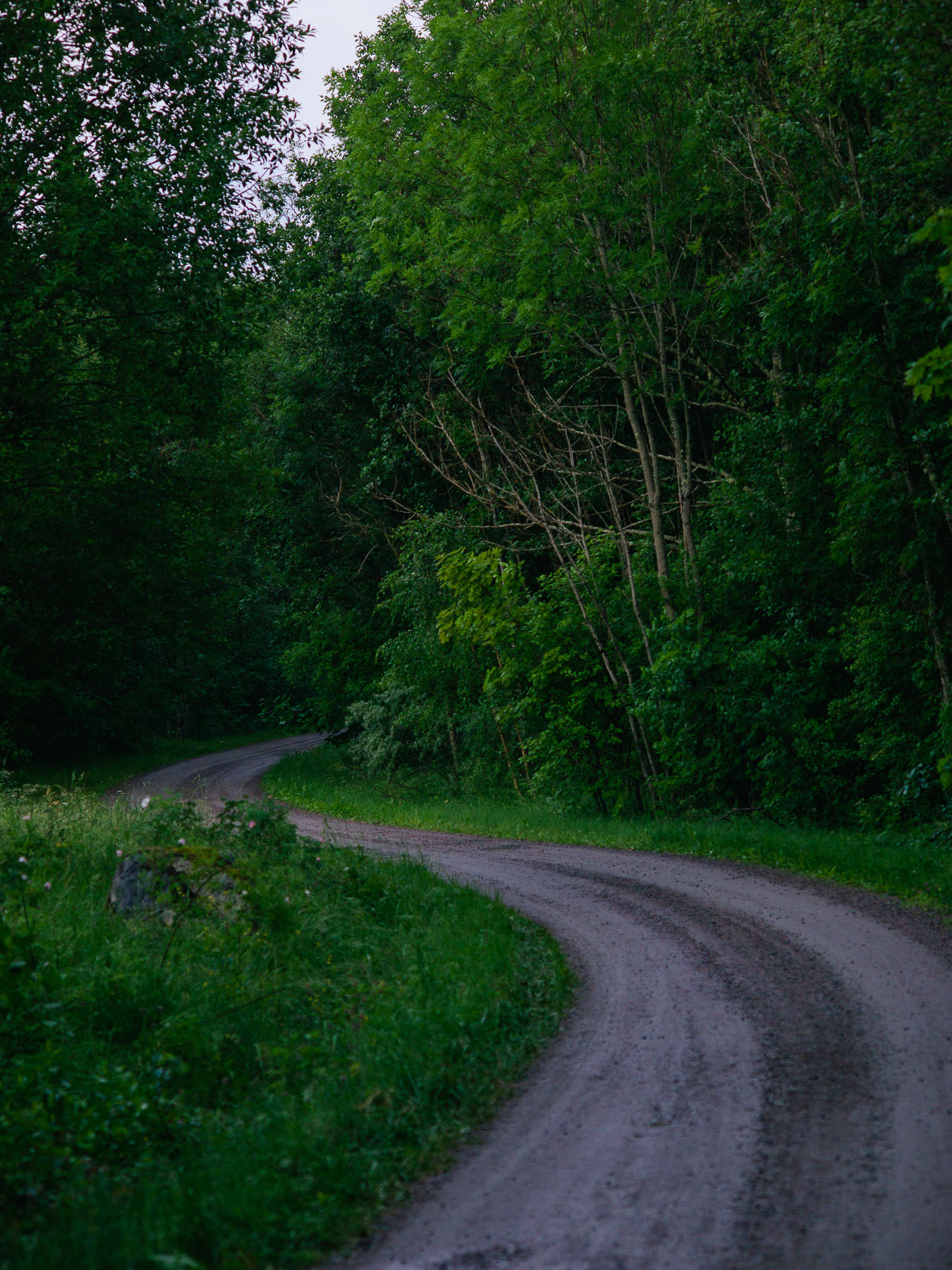


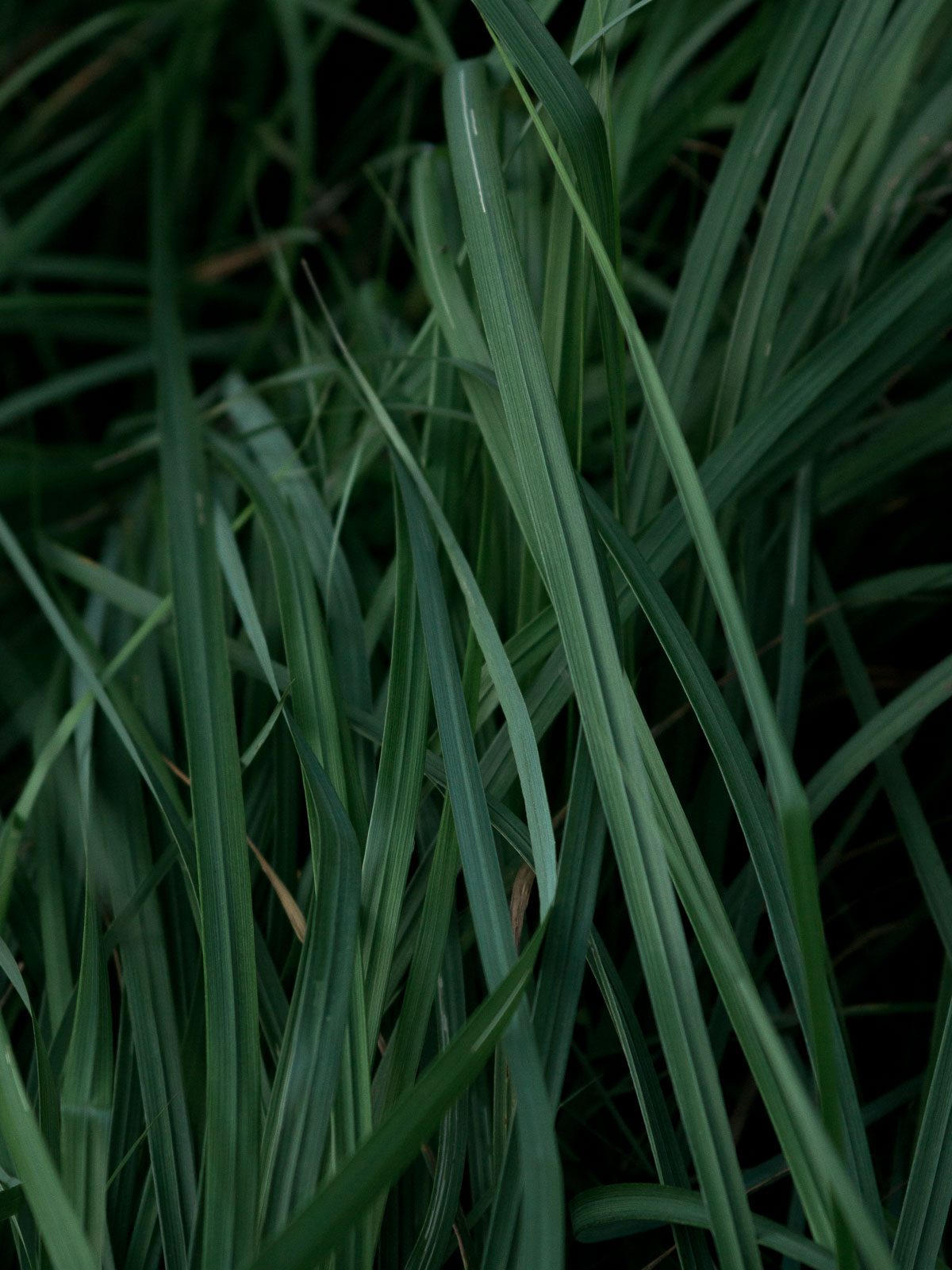
It’s in this section the relevance of the Elmar-C really becomes evident. Despite its shortcomings there are few options offering comparable capability at the size and price that the Elmar-C does. While each lens below has some subtle advantages compared to the Elmar-C, either in image quality or in light gathering, they are all heavier and/or more expensive lenses.
All lenses below have conventional perpendicular focusing cams, giving them an at least theoretical advantage in focus accuracy (in practice other aspects affect the accuracy to a higher degree).
I’ve not shot with either lens listed below, so it consists of somewhat educated guesses. For use exclusively on Leica rangefinders I’d probably opt for a 75mm lens, but that’s another discussion entirely.
Leica’s made a number of different 90mm lenses throughout the years. There are choices for pretty much any taste. I won’t cover them all here, but the one lens I most considered before getting the Elmar-C was the second version “thin” Tele Elmarit 90mm. Despite being faster than the Elmar-C it’s actually somewhat lighter. The overall rendering seems similar but with slightly higher resolution as well as the advantages the extra stop brings. The price is higher than the Elmar-C but still reasonable. I came very close to buying this lens twice before getting the Elmar-C. I passed on both copies due to them suffering from the so called Tele Elmarit disease; the cementing of one lens group starts to separate, over time leading to an unusable lens. It seems fairly unusual so I must have been unlucky to encounter two copies with the issue. As long as the lens is unaffected however, it looks like a great option.
This is Voigtländer’s only 90mm lens for rangefinders. It’s an LTM mount lens. From the limited information available online it seems to perform quite similar to the Elmar-C. The price is slightly higher but still very reasonable. Some reports suggest somewhat higher resolution. Probably less prone to flare and higher overall contrast but less appealing colour rendition. The most similar option overall.
A far more expensive option is the ZM 85/4. The lens is a bit heavier and the slightly shorter focal length means a bit less accurate framing. While not offering many advantages in general use the ZM looks to have higher overall performance probably making it a better choice for e.g. landscape and architectural work.
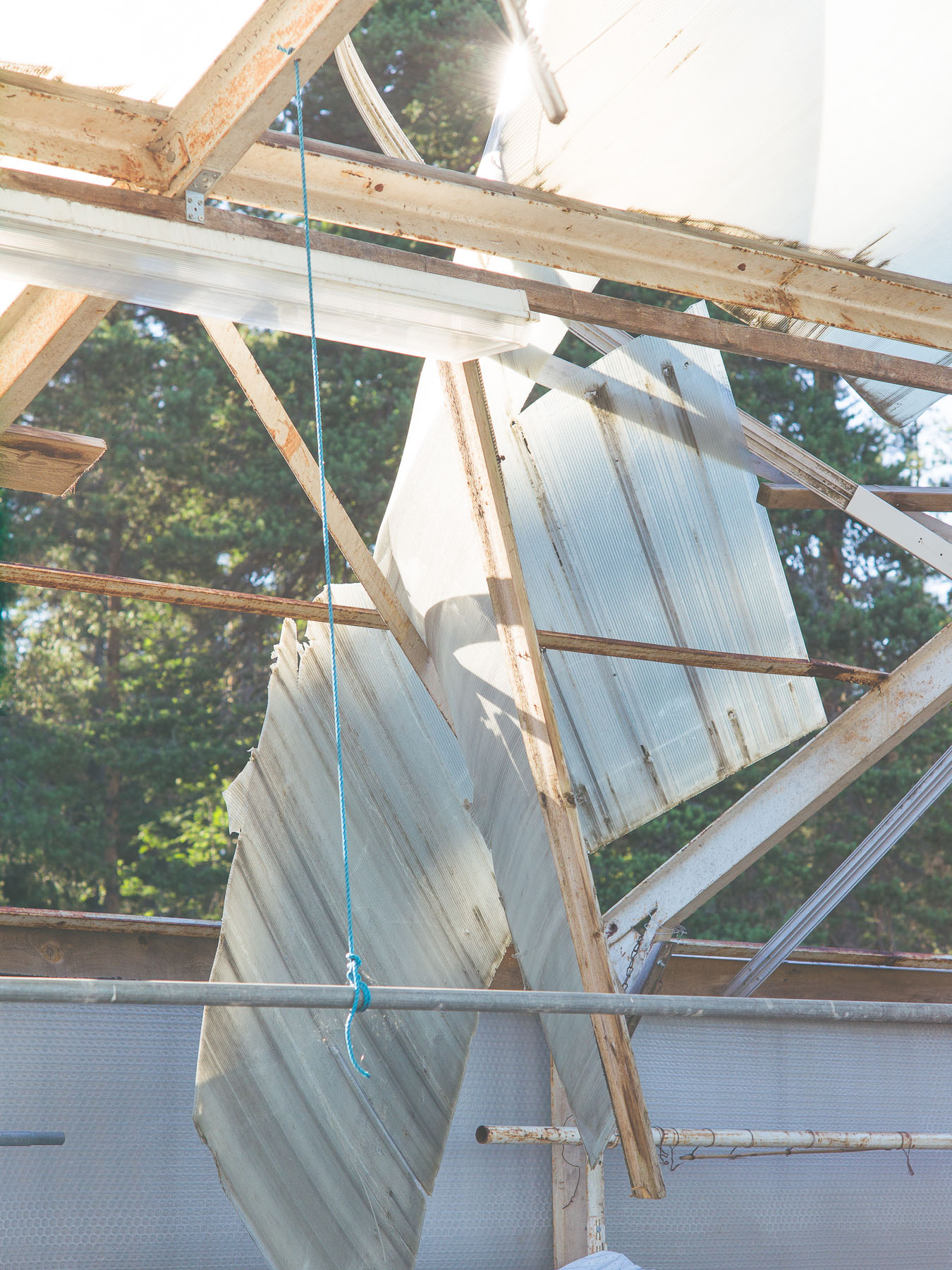
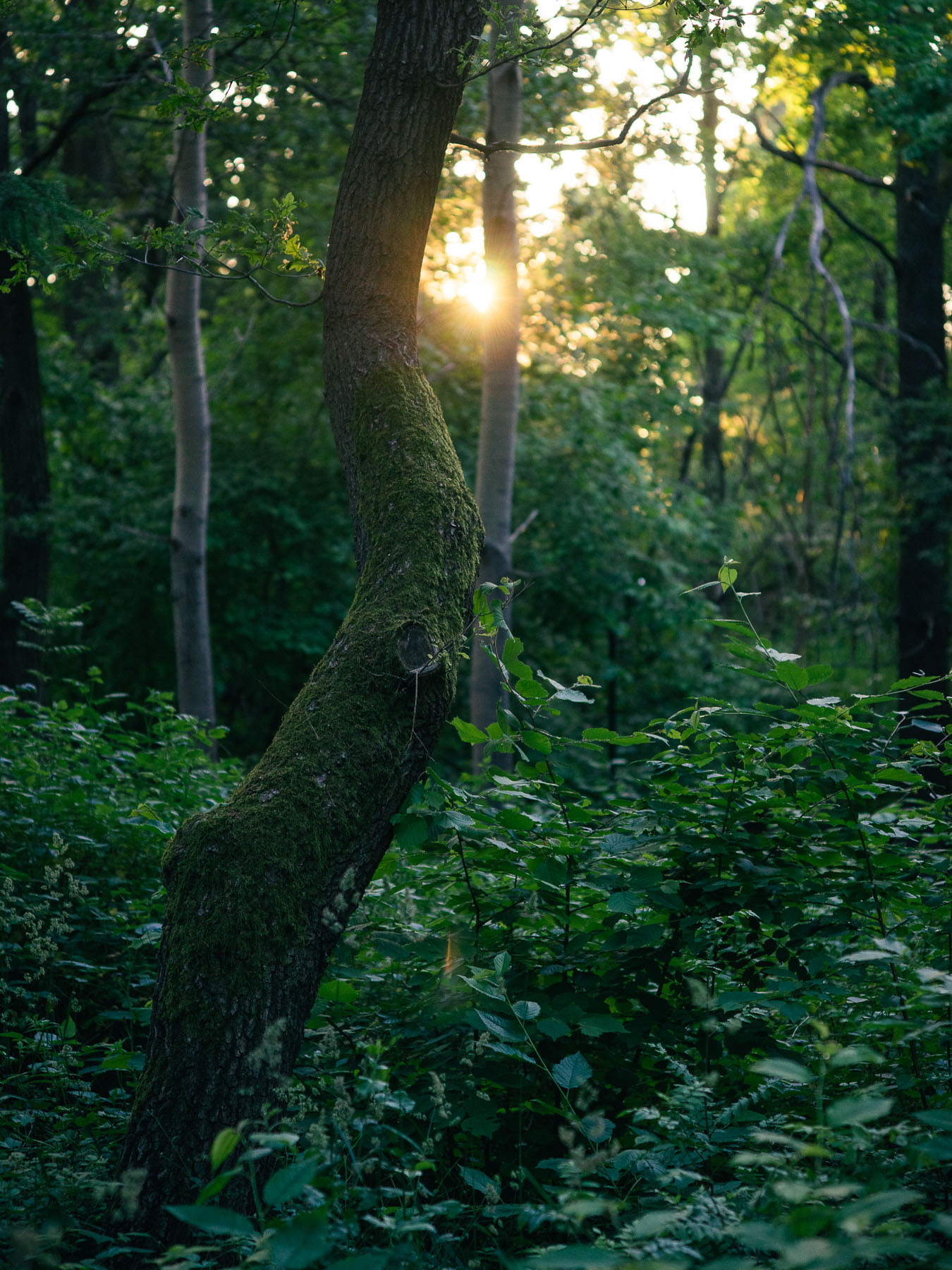
Despite slight shortcomings in image quality and low light usability the Elmar-C offers a compelling package. The light weight and competent performance that can be had at a bargain price makes it an ideal choice as a long complement to a rangefinder set up.
All photos in this review were taken by me, using Leica M9, Sony NEX-7 & A7. Exif-data is intact. Open any image in a new window for a closer look.